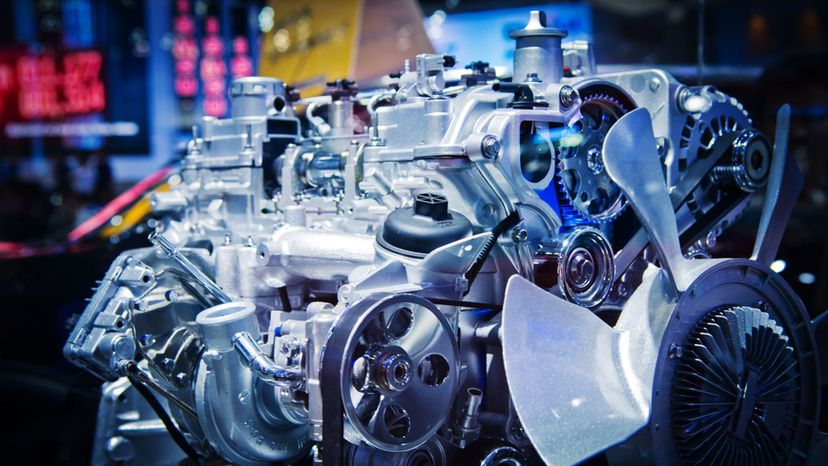
About This Quiz
The history of engines dates back millennia. Initially, engines were powered by humans and animals or clever arrangement of pulleys, weights, and gears. Many of these basic engines were for military purposes, such as catapults and trebuchets. During the industrial revolution, new forms of engines began to emerge, from the cotton gin ("gin" named from "engine) to the steam engine popularized by trains. While fuel-based engines were first developed in the late 18th century, it wasn't until 1872 when George Brayton produced the first commercial, liquid fuelled, internal combustion engine. And voila! That is the birth of what many of us know as the "modern" engine.Â
Today, engines power everything from your lawnmower to rockets built for space travel. But, how much do you really know about engines? Do you know the difference between a Wankel or rotary engine? Or, do you know the disadvantages of a two-stroke internal combustion engine? Can you name an engine that isn't considered an internal combustion engine?Â
Engines are a lot more complicated than the average person might think. So, does that mean you're up to the challenge? Does your knowledge of engines power a leaf blower or the next Mars-destined rocket? Test your knowledge of engines, and see where the world will take you!
Advertisement
Advertisement
Advertisement
Advertisement
Advertisement
Advertisement
Advertisement
Advertisement
Advertisement
Advertisement
Advertisement